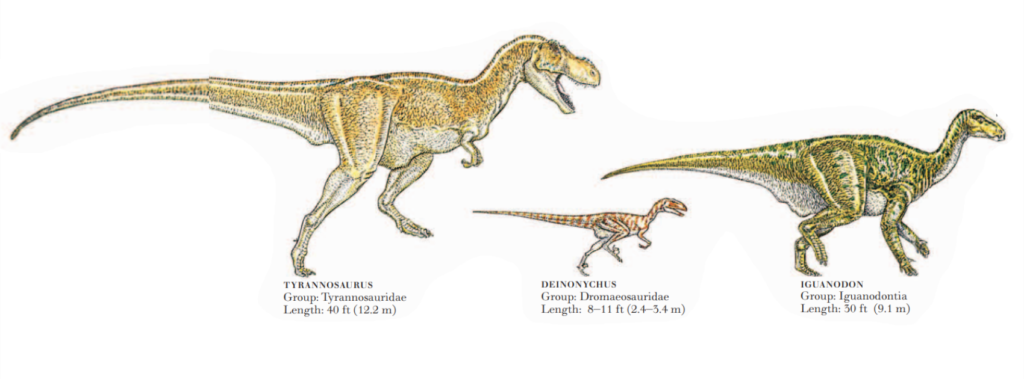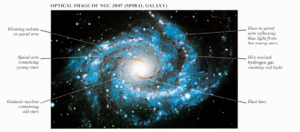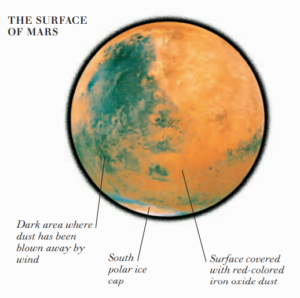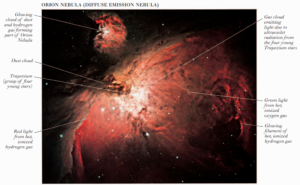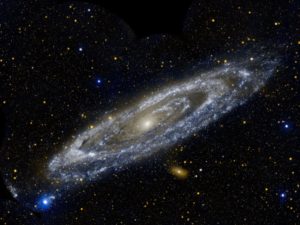THE MESOZOIC ERA ENDED WITH the Cretaceous period, which lasted from 146 to 65 million years ago. During this period, Gondwana and Laurasia were breaking up into smaller landmasses that more closely resembled the modern continents. The climate remained mild and moist but the seasons became more marked. Flowering plants, including deciduous trees, replaced many cycads, seed ferns, and conifers. Animal species became more varied, with the evolution of new mammals, insects, fish, crustaceans, and turtles. Dinosaurs evolved into a wide variety of species during Cretaceous times; more than half of all known dinosaurs—including Iguanodon, Deinonychus, Tyrannosaurus, and Hypsilophodon—lived during this period. At the end of the Cretaceous period, however, most dinosaurs became extinct. The reason for this mass extinction is unknown but it is thought to have been caused by climatic changes due to either a catastrophic meteor impact with the Earth or extensive volcanic eruptions.

